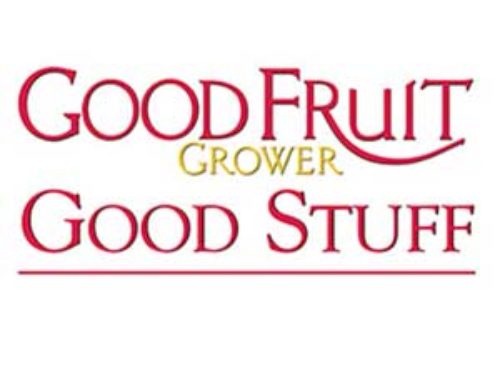 Tree fruit producers see a lack of labor as the biggest threat to their operations in the coming five years, a recent survey shows. Smaller growers are worried about how to compete with other producers for workers, while larger growers are more concerned about government regulation and impacts of immigration reform. The next most frequently mentioned challenge was government regulation and mandates.
Tree fruit producers see a lack of labor as the biggest threat to their operations in the coming five years, a recent survey shows. Smaller growers are worried about how to compete with other producers for workers, while larger growers are more concerned about government regulation and impacts of immigration reform. The next most frequently mentioned challenge was government regulation and mandates.
Producers are also worried about overproduction, with a slight tendency for small growers to blame larger producers, Jeff Fagg, vice president for agribusiness with Northwest Farm Credit Services, reported during the Washington State Horticultural Association’s convention. Farm Credit Services sent the survey to all apple growers who pay an assessment to the Washington Apple Commission.
It received 443 responses (a 13 percent response rate). The average age of respondents was 58 years, with small growers being about six years younger than large growers, on average. Large producers are defined as those with more than $1 million in average annual gross revenues, and small producers as those with under $1 million. One-third of large respondents are packing plant owners, and one out of ten large respondents owns a sales desk. Growers were asked about the impacts of industry consolidation.
Smaller growers weren’t totally negative about it, Fagg said. “They felt that consolidation has hastened some people’s exit from the industry and reduced the influence of the small grower, but I think the other part that becomes clear is they do see the benefit of a consolidated industry and more influence in pricing and marketing.” Large producers said consolidation had given the industry more marketing influence and the ability to align themselves with customers’ needs.
Other findings from the survey are: Age of orchards: On average, almost 20 percent of respondents’ apple orchards are five years old or less, and a third of their cherry acreage is under five years old. The orchards of large growers are more densely planted than small orchards, with almost half of the large orchards planted with 500 or more trees per acre, compared with 28 percent of the small orchards.
Apple varieties: Fuji, Gala, and Honeycrisp are the apple varieties that most growers will plant in the next five years. Large producers are more likely to grow club varieties than small growers are (53 percent versus 22 percent). About 15 percent of large growers are producing Jazz, compared with only 3 percent of small producers. Cherry varieties: Large producers said they were likely to plant Skeena and Sweetheart, while small producers were more likely to plant Bing or Rainier.
Opportunities: Washington tree fruit producers see a good opportunity to promote the health benefits of fruit over the next five years. Other opportunities they see include: expanding existing markets, opening new export markets, improving production and demand with new varieties, and using technology to increase orchard efficiencies. Organic: Far more large growers (57 percent) than small growers (22 percent) say they are likely to have some of their orchards in organic production in the next five years.
Financing: Almost 60 percent of small growers in the survey were self-financed for operating costs, compared with 25 percent of large respondents. Investment: Large growers are directing more profits than small growers to expanding their businesses, Fagg said. Twenty percent of small growers believe earnings are best invested by diversifying in nonfruit-related investments.
Large growers are twice as likely as small growers to transfer their business to a family member. “Large respondents are growing, getting larger, and involving family successors into their operations,” Fagg said. Smaller respondents, who don’t benefit from economies of scale, are feeling somewhat less confident and are not as likely to be looking at bringing the next generation into the business.





Leave A Comment